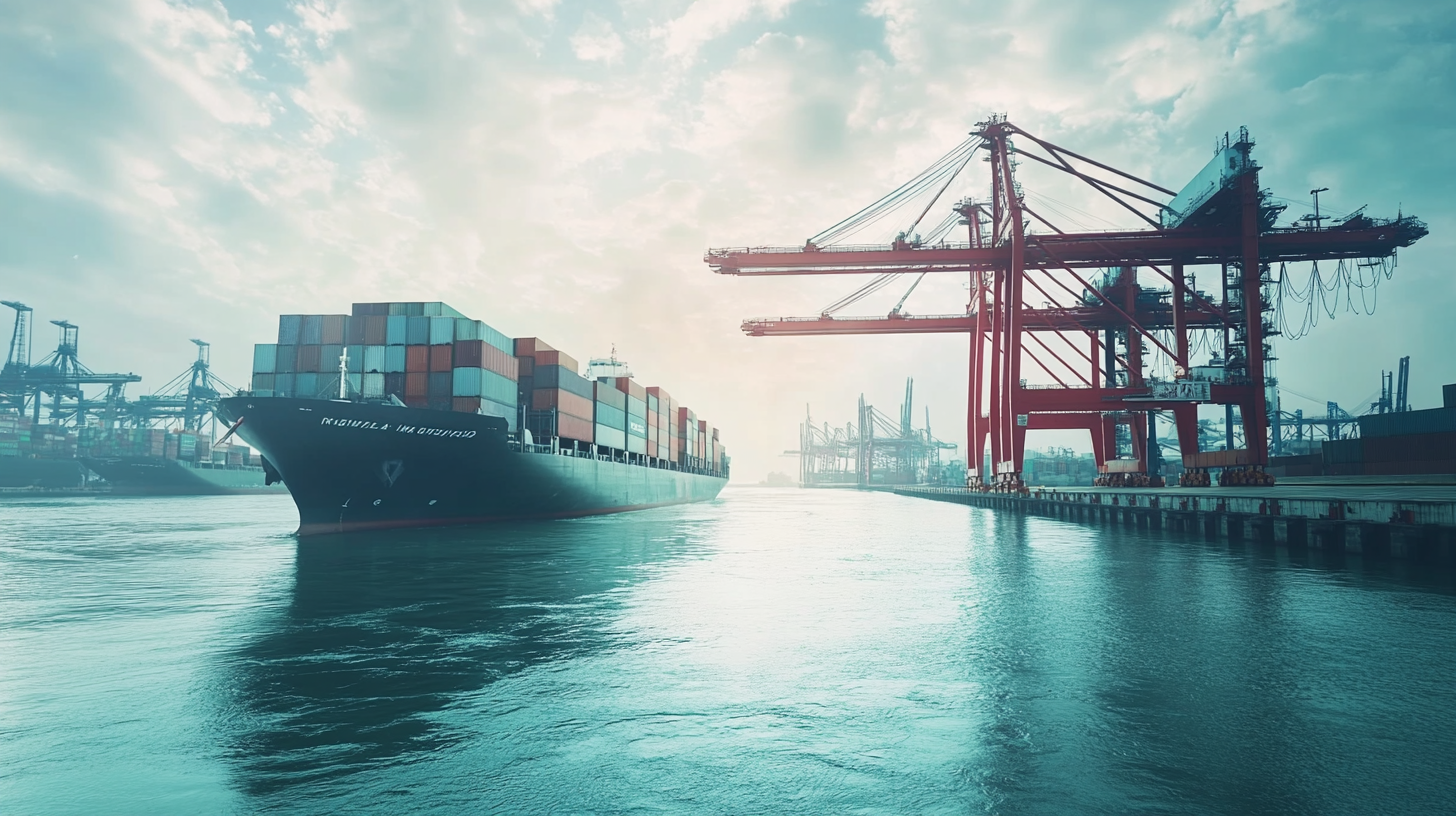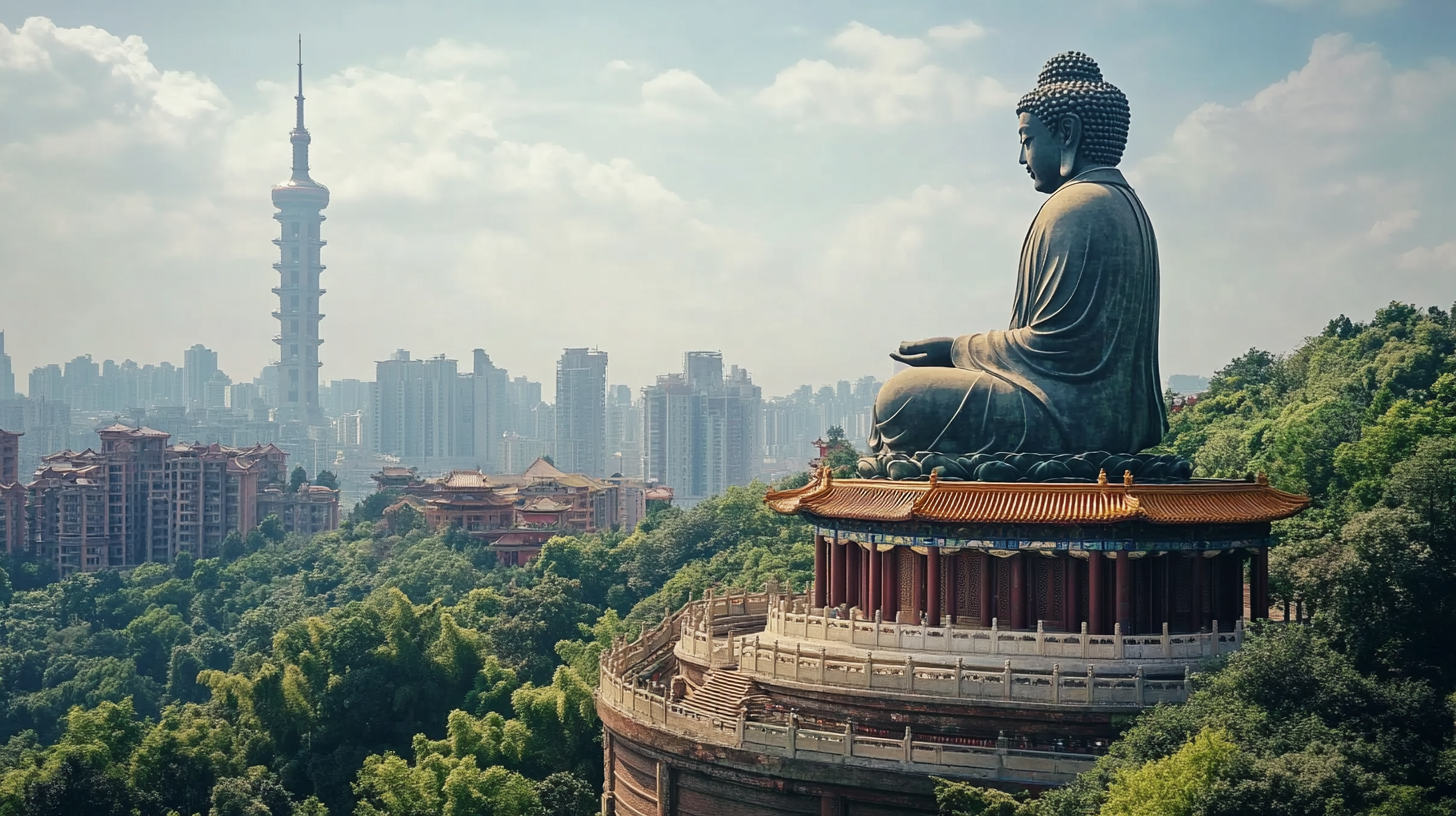 +86 180 0293 5268
+86 180 0293 5268






In the wake of escalating tariff tensions between the U.S. and China, the manufacturing landscape has undergone significant shifts, particularly within the high precision casting sector. Despite the challenges posed by reciprocal tariffs, China's high precision casting industry has demonstrated remarkable resilience, with a reported growth rate of approximately 8.5% annually over the past five years, according to a recent market analysis by Research and Markets. The global demand for high precision casting continues to surge, driven by advancements in technology and the increasing need for intricate components across industries such as aerospace, automotive, and healthcare. As companies navigate the complexities of global markets, understanding the dynamics of tariffs and leveraging China's competitive advantage in high precision casting will be crucial for sustained growth and market penetration. By strategically targeting key industries and maintaining high standards of quality and precision, manufacturers can effectively position themselves in the evolving international landscape.

The high precision casting industry in China has been significantly affected by tariffs, leading to shifts in global market dynamics. According to a report by the International Trade Administration, the U.S. tariff rates on Chinese manufactured goods increased from 3% to 25% in 2018, directly impacting the cost structure for Chinese exporters. This hike in tariffs has forced companies to reassess their pricing strategies and has often resulted in a reluctance to engage in long-term contracts, impacting the overall trade volume of high precision cast components.
Moreover, the rise in tariffs has encouraged manufacturers in other countries to increase their production capabilities to capture the market share previously dominated by Chinese castings. A recent study from Deloitte reveals that countries like India and Vietnam have seen a surge in investment in their casting capabilities, with Indian high precision casting production expected to grow by 10% annually through 2025. As these markets expand, the global landscape for high precision castings will continue to evolve, creating both challenges and opportunities for Chinese manufacturers as they navigate this complex environment.

China's manufacturing sector has demonstrated remarkable resilience amidst evolving trade tensions and global market challenges. This resilience stems from a combination of a robust supply chain, continued technological advancements, and a vast workforce trained in high precision casting techniques. Businesses that effectively tap into this manufacturing prowess can better navigate tariffs and keep their product costs competitive.
**Tip:** When engaging with Chinese manufacturers, ensure you establish clear communication channels. This reduces misunderstandings and enhances collaboration throughout the production process.
The focus on high precision casting in markets worldwide indicates that quality and technological sophistication are paramount. Chinese manufacturers are continually upgrading their capabilities, enabling them to meet the demanding specifications of global clients. This commitment to excellence positions them as a reliable partner in international markets despite geopolitical challenges.
**Tip:** Research potential manufacturers thoroughly. Check for certifications and successful past projects to gain confidence in their production capabilities.

The global landscape for high precision casting products is evolving rapidly, driven by increasing demand across various sectors such as automotive, aerospace, and defense. According to market forecasts, the CNC machine market size is expected to grow from $101.22 billion in 2025 to an impressive $195.59 billion by 2032, showcasing a CAGR of 9.9%. This growth trajectory is indicative of the rising need for high-quality precision components, which are fundamental to the functionality and efficiency of modern manufacturing.
In the realm of ductile and grey iron casting, the market was valued at USD 49.32 billion in 2024 and is projected to reach around USD 52.23 billion by 2025. The expansion in this sector highlights significant opportunities for manufacturers looking to tap into global markets. As companies aim to optimize their supply chains amidst geopolitical tensions and shifting trade tariffs, it's crucial to identify strategies that can enhance their competitive edge.
**Tips:** Stay informed about the latest technological advancements in casting techniques to ensure your products meet international standards. Moreover, consider forming strategic partnerships with local suppliers in target markets to facilitate smoother operations and compliance with regional regulations. Lastly, actively monitor market trends and consumer preferences to adapt your product offerings accordingly and maximize your market reach.
| Market Segment | 2022 Market Size (USD Billion) | 2023 Market Size (USD Billion) | Projected Growth Rate (CAGR %) | Key Export Regions |
|---|---|---|---|---|
| Automotive Components | 15.2 | 16.3 | 3.5 | North America, Europe |
| Aerospace Parts | 8.7 | 9.1 | 4.0 | North America, Asia |
| Medical Devices | 5.4 | 5.9 | 5.5 | Europe, Asia |
| Industrial Equipment | 12.1 | 12.6 | 2.1 | North America, South America |
| Consumer Electronics | 10.3 | 10.7 | 3.0 | Asia, Europe |
As U.S. companies look to source high precision castings from China, navigating the complexities of tariffs and global market dynamics is essential. The trade landscape has shifted significantly, especially with recent discussions around slashing tariffs on Chinese goods. This presents a unique opportunity for U.S. manufacturers to capitalize on China’s advanced casting technologies while potentially mitigating costs associated with high current tariffs. Understanding the ongoing U.S.-China trade relationship and its implications can help companies strategically align their sourcing efforts.
Moreover, as China diversifies its production and expands its global footprint, U.S. firms must remain agile in their sourcing strategies. By establishing strong partnerships with reputable Chinese foundries, American companies can leverage quality precision castings that adhere to international standards, thereby enhancing their competitiveness in various sectors. Embracing a proactive approach will not only ensure access to high-quality manufacturing capabilities but also help navigate the uncertainties of global supply chains shaped by evolving U.S.-China relations.
This bar chart illustrates the trends in tariffs and sourcing costs for high precision castings from China over the past five years. By analyzing these trends, U.S. companies can better navigate the complexities of international procurement.
In the face of increasing tariffs, China's casting industry is leveraging innovation as a key strategy to maintain its competitive edge. The rise of digital intelligence, exemplified by advancements like the U9 cloud, showcases how manufacturers are integrating smart technologies into their operations. This digital transformation is not just a luxury but a necessity, as it allows for more efficient production processes and enhanced product quality, crucial for meeting the demands of global markets.
Moreover, the expansion of China’s advanced manufacturing clusters signifies a robust response to external challenges. With over 80 national-level clusters established by 2024 and significant growth in exports of industrial robots, new energy vehicles, and 5G equipment, China's manufacturing sector is demonstrating resilience. This growth trajectory highlights how a combination of full industry chain advantages and a commitment to innovation can create sustainable pathways for the casting industry, ultimately mitigating the impacts of tariffs and enhancing global competitiveness.
